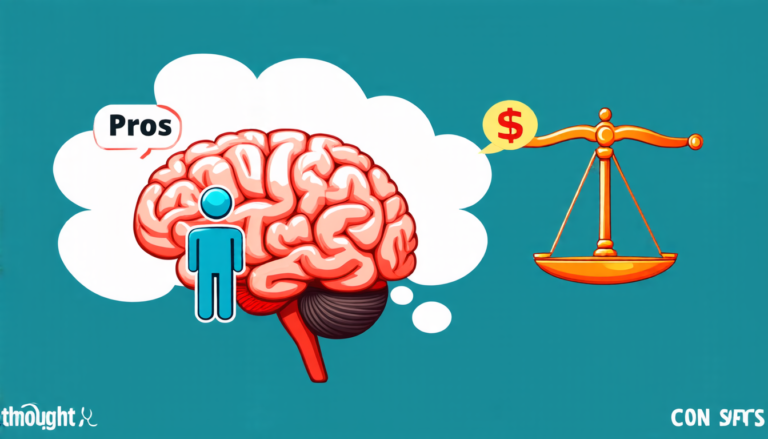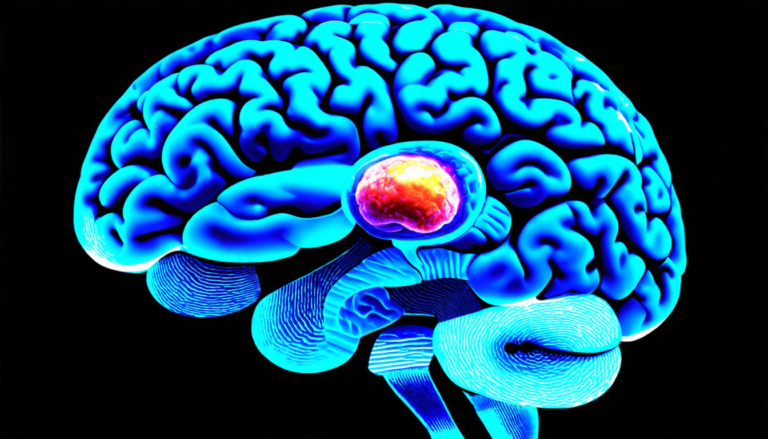Sunday 08 June 2025
A team of researchers has made a significant breakthrough in the field of artificial intelligence, developing a new framework that combines two powerful techniques to improve the accuracy and reliability of medical image classification. The approach, which integrates Kolmogorov-Arnold Networks (KAN) with Error-Correcting Output Codes (ECOC), has been shown to outperform traditional methods in several benchmark tests.
Medical imaging is a crucial tool for diagnosing diseases and monitoring patient health, but the complexity of medical images can make it challenging for AI systems to accurately identify patterns and anomalies. KAN, a type of neural network inspired by the Kolmogorov-Arnold representation theorem, has been shown to be particularly effective in this domain due to its ability to learn complex representations of data.
However, even with KAN’s advanced capabilities, there are still limitations to its performance. One major challenge is that medical images can be highly varied, making it difficult for the network to generalize well across different datasets and scenarios. To address this issue, researchers have turned to ECOC, a technique that involves encoding class labels as binary codewords with sufficient Hamming distance between classes.
By combining KAN with ECOC, the new framework is able to leverage the strengths of both approaches. The KAN network learns complex representations of medical images, while the ECOC layer provides additional robustness by correcting errors and improving classification accuracy. In tests using a dataset of microscopic peripheral blood cell images, the integrated system outperformed traditional methods, achieving higher accuracy and recall rates.
The researchers also explored the impact of different hyperparameter settings on the performance of the KAN-ECOC framework. They found that the approach was robust to changes in grid size, spline order, and network architecture, making it a versatile tool for medical image classification tasks.
One of the key benefits of this new framework is its ability to improve the reliability of AI-based medical diagnosis. By reducing errors and improving accuracy, the KAN-ECOC system can help clinicians make more informed decisions and provide better patient care.
The development of this integrated approach has significant implications for the field of artificial intelligence in healthcare. As medical imaging continues to play a critical role in diagnosing and monitoring diseases, it is essential that AI systems are able to accurately and reliably analyze these images. The KAN-ECOC framework offers a promising solution to this challenge, and its potential applications are vast.
Cite this article: “Enhancing Medical Image Classification with Kolmogorov-Arnold Networks and Error-Correcting Output Codes”, The Science Archive, 2025.
Artificial Intelligence, Medical Image Classification, Kolmogorov-Arnold Networks, Error-Correcting Output Codes, Neural Networks, Medical Imaging, Diagnosis, Healthcare, Machine Learning, Deep Learning







